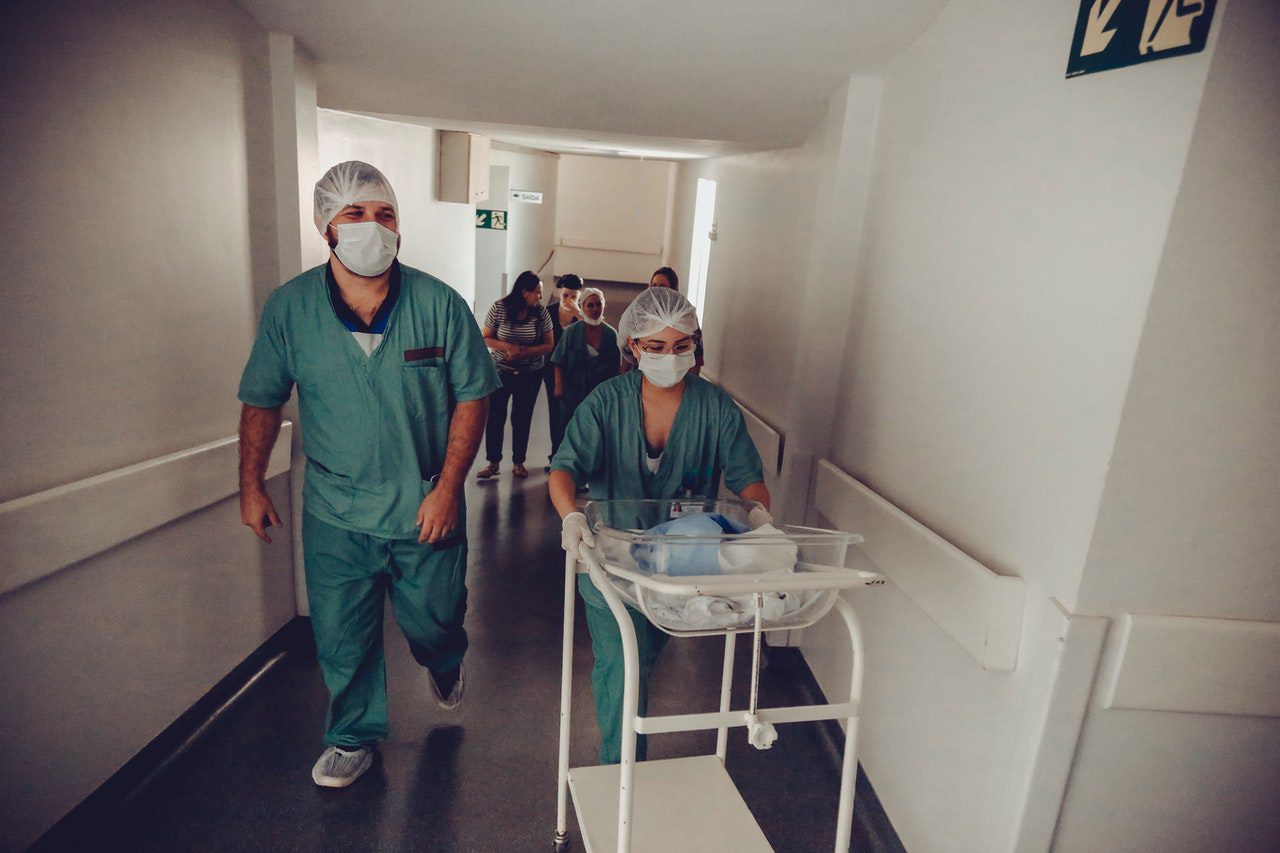Every year, millions of people are affected by medical malpractice. This term covers a broad number of obvious medical crimes and some less obvious matters of medical negligence. We can simply summarize it as occurring when a healthcare provider fails to meet the standard of care and causes harm to a patient.
This scourge has far-reaching consequences, which include but are not limited to physical, emotional, and psychological harm and distress, sometimes even death. Medical malpractice cases can also have a lasting impact on the healthcare system, the legal system, and public awareness.
Here, we will be looking at three of the most famous medical malpractice cases in history and what we can learn from them. If you or someone you know has been harmed by medical malpractice, you should contact experienced medical malpractice lawyers who can help you get the compensation and justice you deserve.
The Libby Zion Case: The Day Medicine Changed Forever
Libby Zion was an 18-year-old college student who died in 1984 after being admitted to New York Hospital for a high fever and ear infection. She was given a painkiller called Demerol, which interacted with an antidepressant she was taking and caused a fatal reaction. The hospital staff, who were overworked and unsupervised, failed to monitor her condition and prevent her death.
Her father, Sidney Zion, a journalist and lawyer, sued the hospital and the doctors for negligence and malpractice. He also campaigned for reforms in the medical education and residency programs, which led to the creation of the Libby Zion Law in New York. The law limits the working hours and supervision of resident doctors and aims to improve patient safety and quality of care.
The Libby Zion case teaches us that medical errors can be caused by systemic factors, such as lack of training, communication, and oversight, and that patients and their families have the right to seek justice and accountability. It also shows us that medical malpractice cases can lead to positive changes in the healthcare industry and society.
The Michael Jackson Case: A Doctor’s Negligence
The death of pop icon Michael Jackson in 2009 left the world cold and shaken. He died from an overdose of propofol, a powerful anesthetic. The drug was administered by his physician, Dr. Conrad Murray, who was hired to help him prepare for his comeback tour.
Murray was convicted of involuntary manslaughter for administering propofol without proper equipment, monitoring, or resuscitation. In addition to his license being revoked, he faced a four-year court sentence, of which he served two years due to good behavior, and several civil lawsuits from Michael’s family.
We learn from the Michael Jackson case that medical malpractice involves not only negligence but also recklessness, abuse, and criminality, and that patients can be vulnerable to exploitation and harm by their trusted providers. It also shows us that no one is above being affected by a medical malpractice case, including the most powerful celebrities, generating widespread media attention and controversy.
The Donda West Case: The Botched Cosmetic Surgery Case
Donda West was the mother of rapper Kanye West and a former professor and chairwoman of the English department at Chicago State University. In 2007, she died at the age of 58 from complications after undergoing multiple cosmetic surgeries, including a breast reduction, a tummy tuck, and liposuction. She was operated on by Dr. Jan Adams, a celebrity plastic surgeon who had a history of malpractice lawsuits, alcohol problems, and license suspensions. He performed the surgeries in an unaccredited facility and discharged her the same day, despite her pre-existing health conditions and the advice of another doctor. She died the next day at her home from a heart attack caused by a blood clot.
Dr. Adams was not charged with any crime, but he surrendered his medical license in 2009 and faced several civil lawsuits from West’s family and estate. Looking at the Donda West case, we see that medical malpractice can occur in any field of medicine, including cosmetic surgery, and that patients should be careful and informed about the qualifications, reputation, and accreditation of their providers and facilities. It also shows us that medical malpractice cases can affect the personal and emotional lives of patients and their loved ones.




